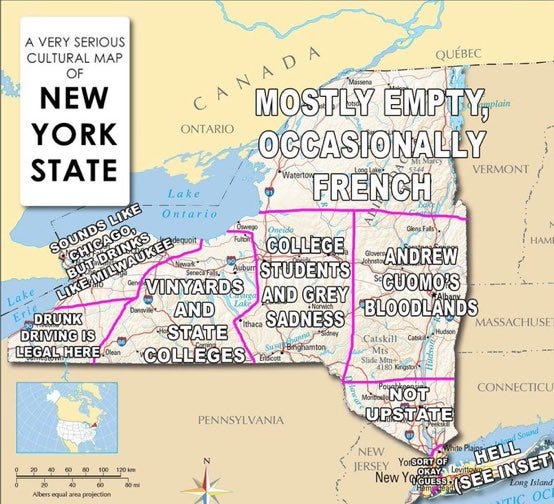Paid Newsletter Secret Workloads
The Hidden Labor of the Newsletter Industry: CONTEXT COLLAPSE! 113
Content for humans, written by a human. Mass communications-focused with a universal lens. Mid-week is usually for the articles, weekend is usually for the links. Not your thing? Unsubscribe below.
A few housekeeping notes first:
I’ll be in Miami and South Florida later this month and would love recommendations for things to do + people to meet. Let me know.
LOLROFL: Why Running A Paid Subscription Newsletter Is A Lot More Work Than It Looks Like.
Like a lot of writers, I use Substack to manage my newsletter. Substack, like most companies, is a for-profit business. In Substack’s case, that means the company takes a cut of subscription fees that readers pay to read paid newsletters.
Users have the choice of running free or paid newsletters, or a mix of both1. Substack (as many enterprise tech companies do) offers extensive free training materials for writers looking to get the hang of it.
But for many writers—especially those from journalism backgrounds—generating income from Substack can be surprisingly difficult. As with so many things related to the business of being a writer, the writing’s the easy part. That’s what a lot of the writers who are quitting their day jobs to newsletter full-time are discovering.
Any writer operating a newsletter on Substack (or Ghost or Revue or any other subscription platform, for that matter) suddenly has to deal with a whole lot of things they didn’t deal with in their old journalism career to this degree: P&L sheets. Attracting new readers. Minimizing churn. Looking how analytics react to content changes. Planning long-term growth. Promoting content. Etc. etc. etc.
Making content for newsletters is easy if you’re creative and smart. Running a business is hard, and requires domain knowledge that doesn’t really intersect with the traditional skillset of either a writer or reporter.
You see, journalists—and this applies to both freelancers and staff/masthead journalists2—are somewhat insulated from the business side of promoting their content and getting eyeballs/ears on their stories. When they switch to operating a paid newsletter, this bandaid is ripped off in a big way.
That’s why I expect to see many more publications launching author-driven newsletters over the coming year: New York Times? The Atlantic? They were just early adopters.
But… but… good news! There’s one group of writers who are uniquely primed for writing paid newsletters: Authors who have already written books.
It’s an open secret in the publishing world that authors are largely responsible for marketing and promoting their books these days. That skill set, luckily, is easily transferrable to marketing and promoting a newsletter.
Good news there!
Also, my kid turned 3 (and I turned 41) this weekend. Big, big props to Paulie Gee’s Logan Square for making the toddler’s birthday pizza a reality.
Recommendations
Anne Helen Petersen and Charlie Warzel on the future of mentoring employees.
Newspapers teaching their older readers how to use iPads.
Deciphering President Biden’s tech policy3.
I run this as a free newsletter. Besides the fact that it’s fun to do, it serves as a useful way of meeting people who work at the businesses that use the services of marketing communication consultants like me. These businesses then pay me much, much more than I could get by generating subscriptions and I can pay student loans and buy my family food and all sorts of good things. Lead generation! It works!!
Freelance journalists are in an interesting position where they know a lot about pitching publications and (ideally!) negotiating, longterm planning and bookkeeping, but are still largely insulated from the business side of their outlets. A freelancer publishing an article in the New York Times, for instance, might successfully promote their article via Twitter but is likely to have zero idea why the Times published their article on the day they did.)
I hate, hate, HATE! the term “tech policy” but am following The Economist’s precedent here. Which tech policy are we talking about exactly? Regulation of FAANG companies? Sanctions and protectionist policy related to hardware? Tax and regulatory issues related to downstream users of web-backbone services like AWS or Shopify? So many things here..











